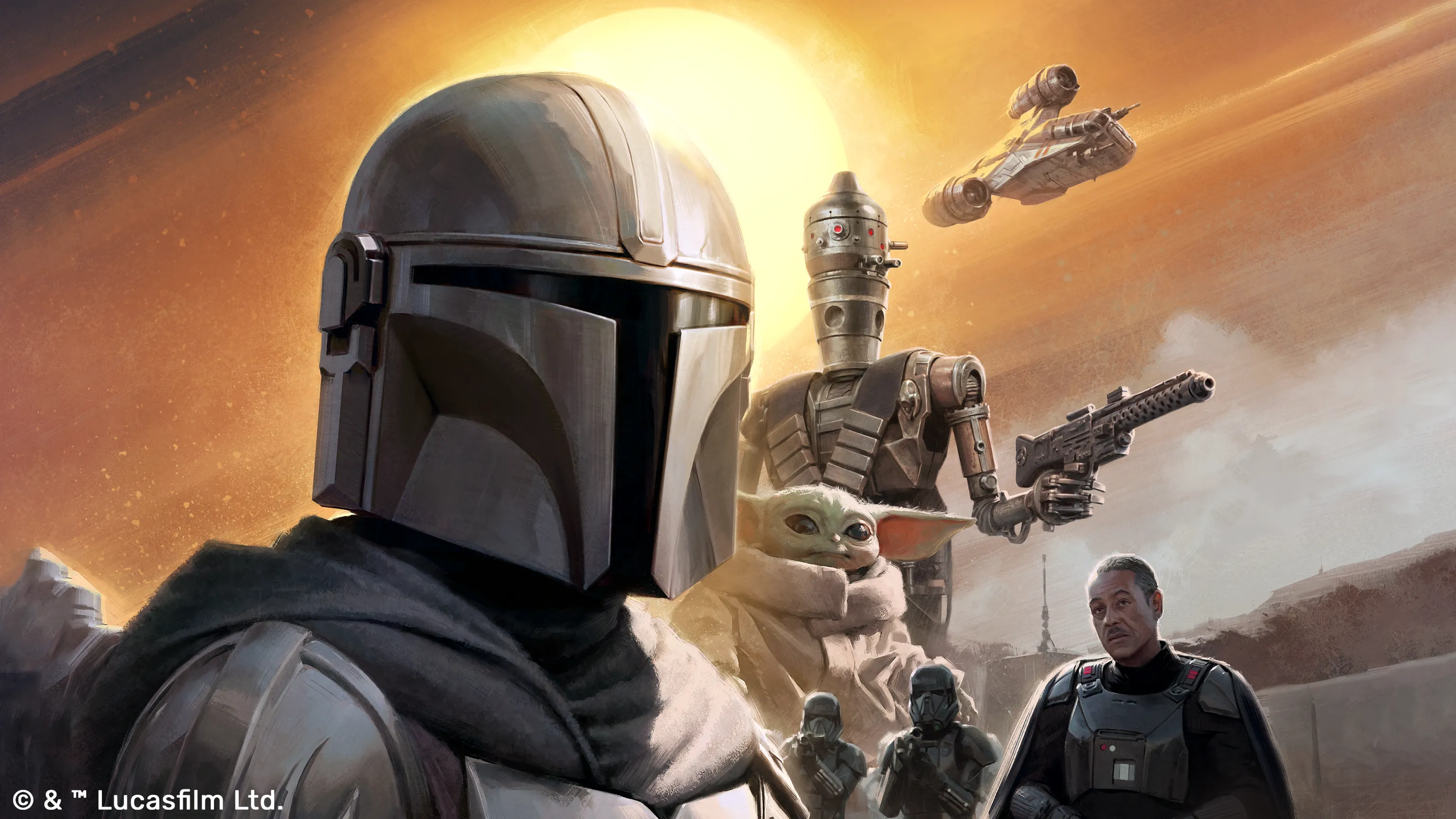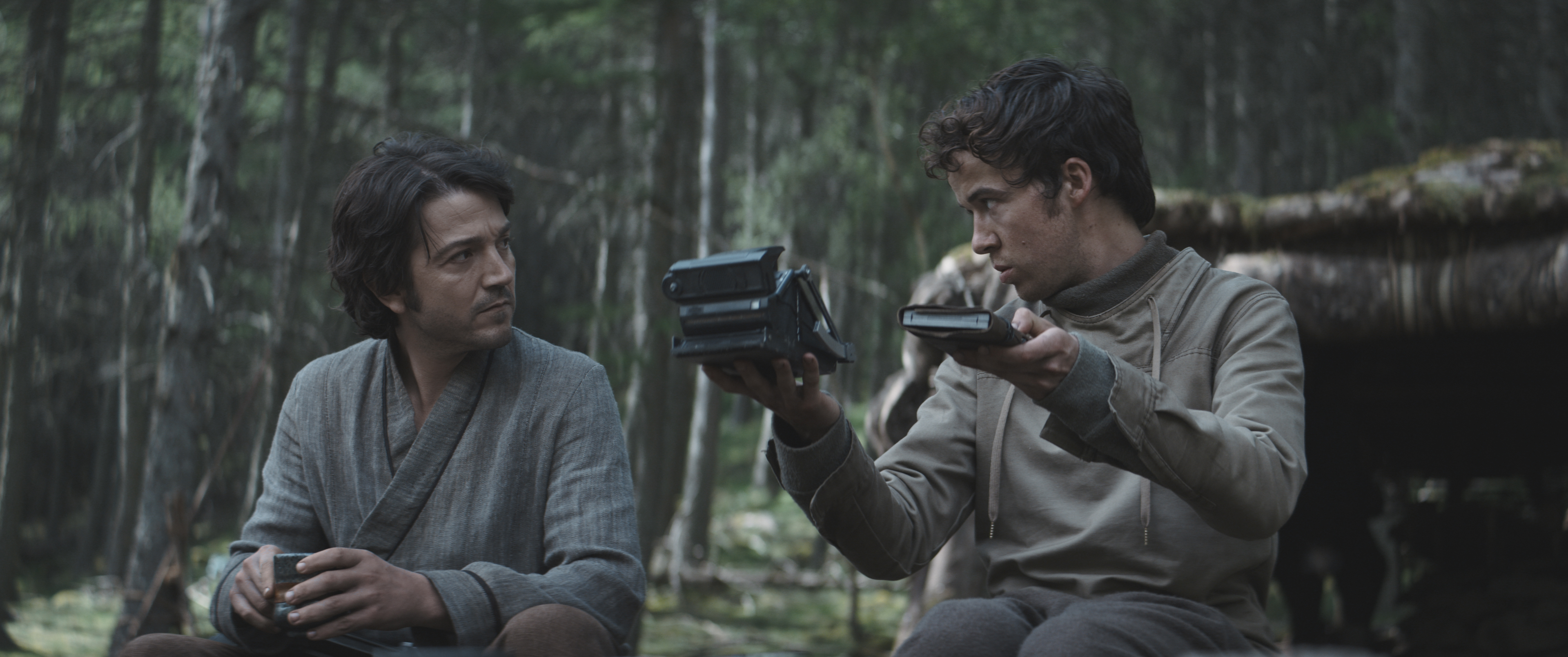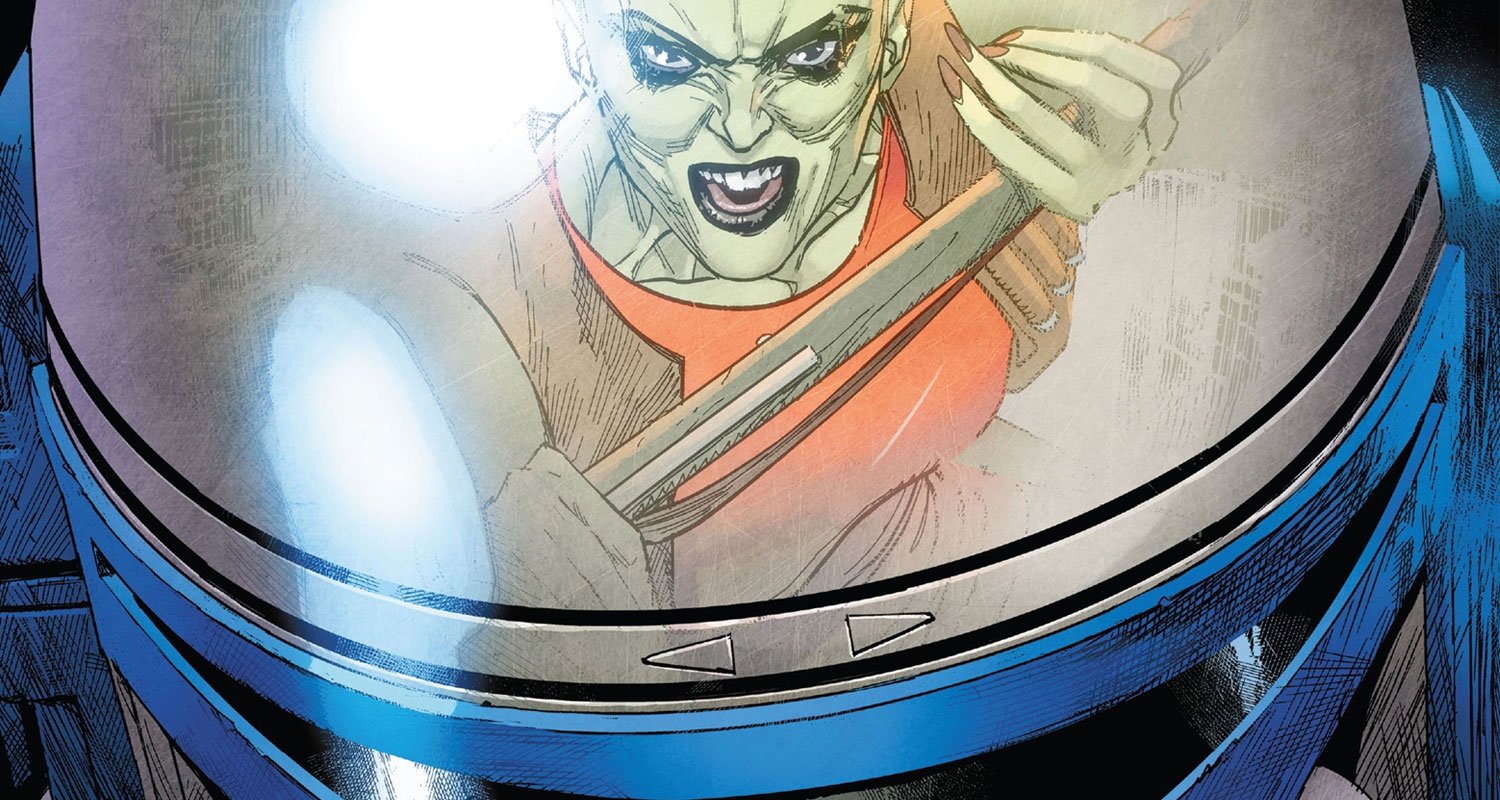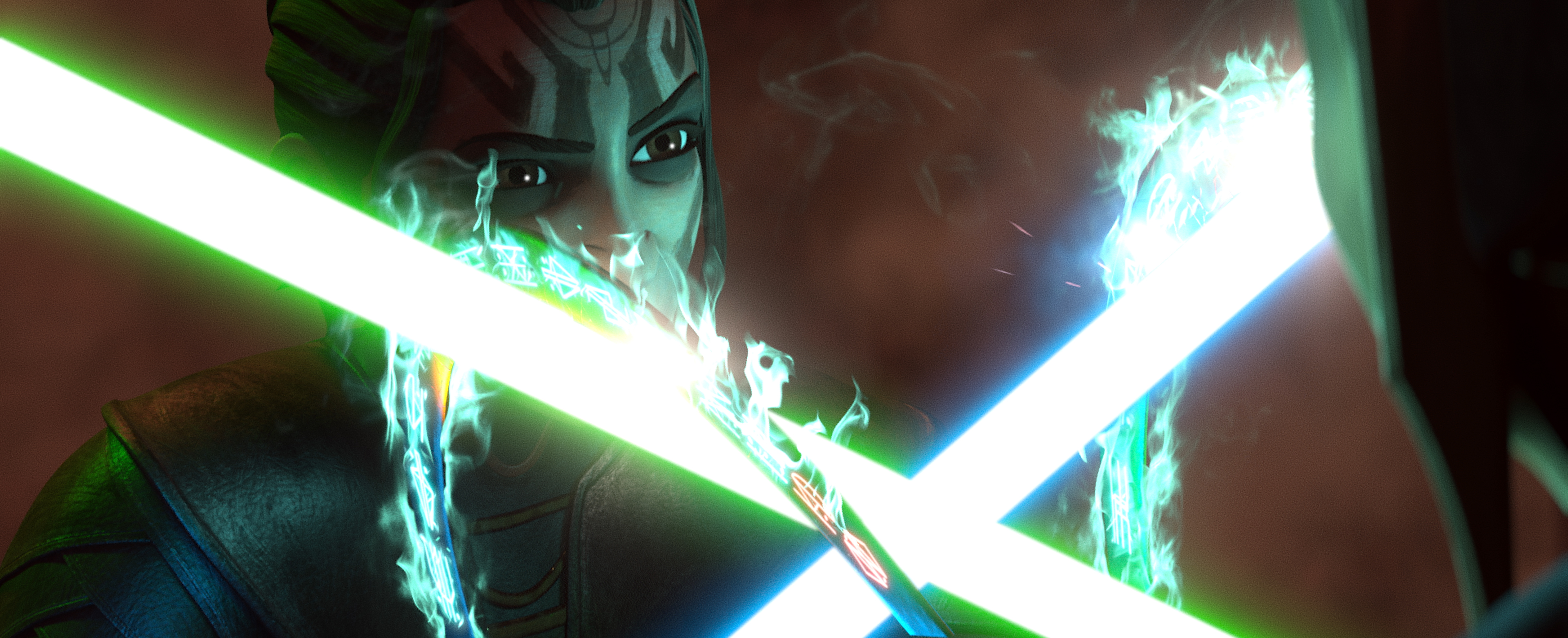Editorial: ‘Elden Ring’ Is a Masterclass in Open World Design, but I Hope It Doesn’t Become a Blueprint
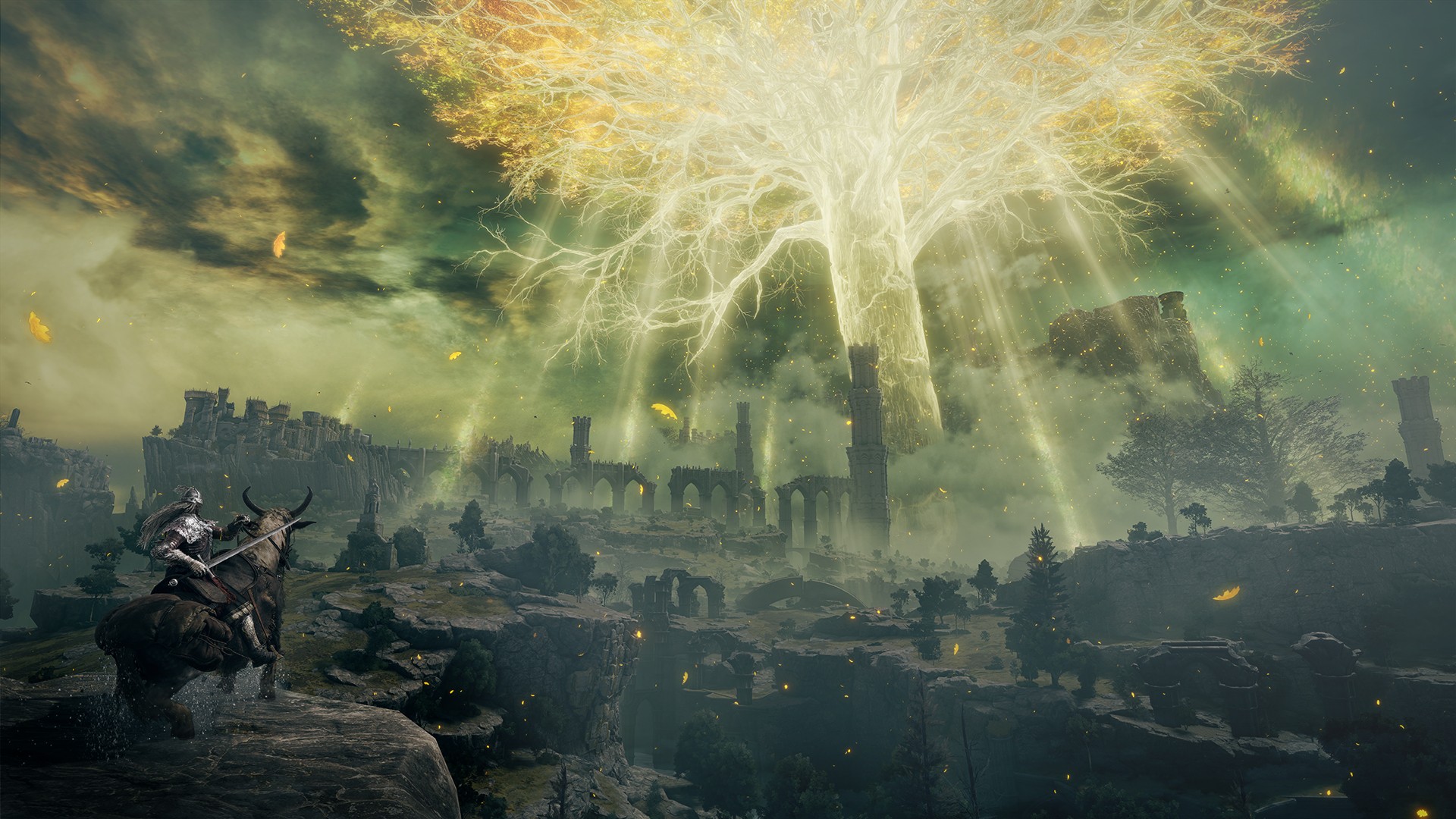
You’ve probably read countless times over the past month that Elden Ring has set a new standard for open-world level design. That’s partially true, but also a dangerous thought.
Yes, From Software’s latest game is absolutely fantastic. There’s no other way to describe it if you’re somewhat into action-adventure titles and/or action-RPGs. Even folks who were done with modern open-world games have found something unique in this one that is hard to explain. I won’t be writing up a review here, as those were already covering the Internet by the time I received a late-ish Xbox code, so instead I’ll be discussing why I think most developers shouldn’t be using Elden Ring as the new hot blueprint for success. It’s probably too late, but whatever. Bear with me. I won’t get into specifics nor spoilers, so don’t fret.
Much has been written claiming the opposite: that Elden Ring is a new golden standard for the “open-world genre” — something I don’t quite understand, as an open world is merely a general structure for a game’s level design — and that triple-A developers (mostly Western) should try harder to come up with next-level sandboxes (no one knows what that actually means). However, there’s some truth to sentences such as “I’m done with maps filled with repetitive tasks and endless checklists.” We can’t deny that.
2011’s The Elder Scrolls V: Skyrim and 2012’s Far Cry 3, both awesome titles, redefined how massive worlds could be approached in modern video games, and many developers jumped on that bandwagon without a clear sense of direction. Don’t get me wrong though — this type of unofficial interaction between games is essential to the ever-evolving nature of the medium, which constantly finds way more freedom than others due to its interactive nature. Fanatic gamers that fight pointless, imagined “wars” between brands like to talk about “copying”, but the reality is that any artistic medium will reutilize and transform what works and throw away or rethink what doesn’t. The problem arises when we get stuck on certain formulas and lessons that wrongly become dogmas once they’re repeated long enough.
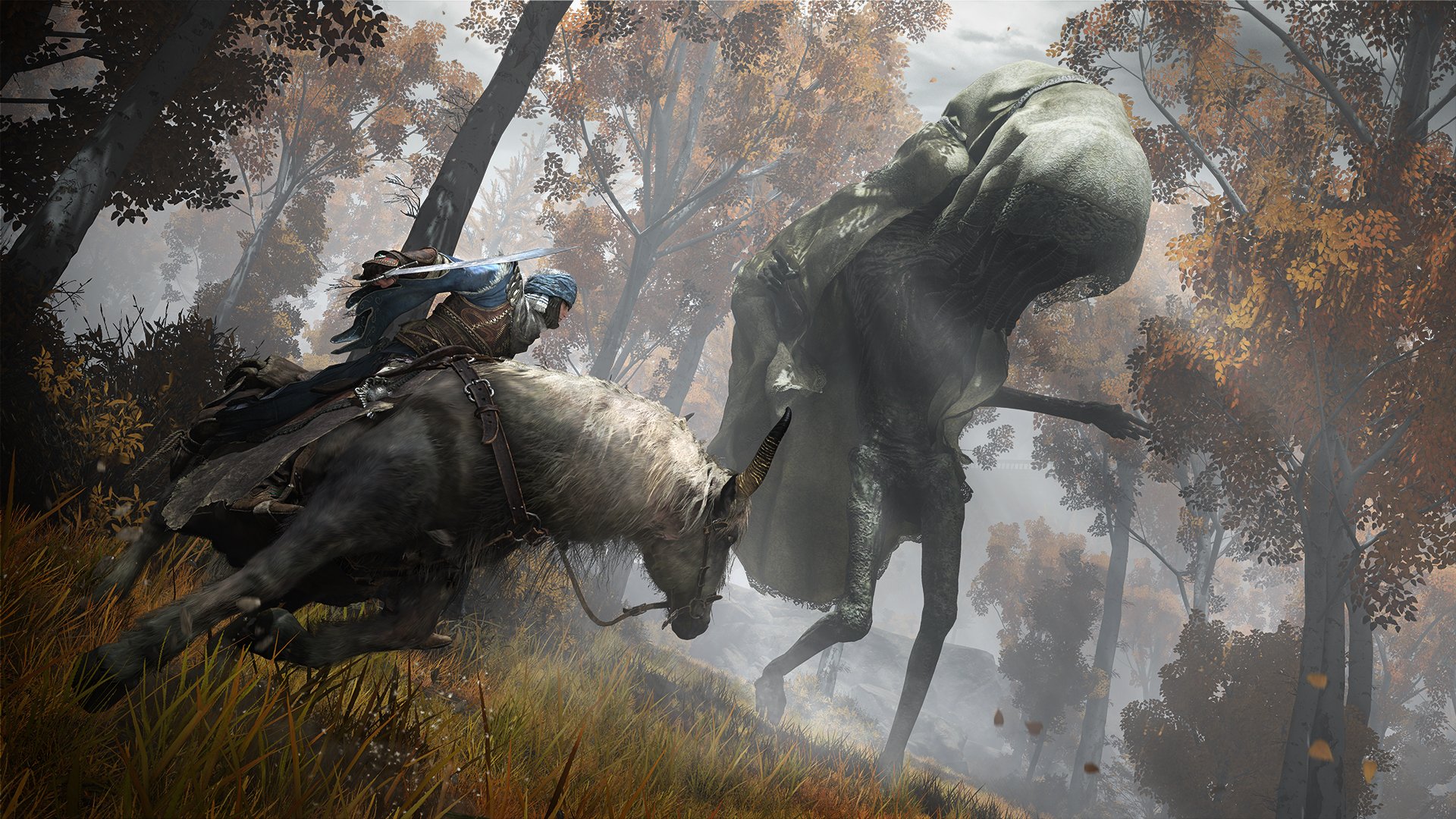
Of course, it’s hard to fully grasp the greatness of Elden Ring without having some hands-on knowledge of previous From Software efforts. It’s largely the culmination of more than a decade of refining a formula that didn’t really work at first. You don’t get to this level of perfectly layered world and level design, among other things, after one or two games. Many major studios can’t even dream right now of cooking up something this special, but they certainly can (and will) try replicating it. And I don’t blame them, as developing triple-A games is an increasingly expensive enterprise that produces several high-profile failures each year. There are too many big titles and experienced players out there, and just “decent” doesn’t cut it anymore. Nonetheless, I recommend against mimicking this behemoth, and history can give us plenty of examples of trendy but ultimately hollow video games gone wrong. Assassin’s Creed-style towers used to reveal portions of the map were cool until everyone started doing them without a real reason; that mechanic made sense in that world and was part of the storytelling, but designers and executives all over the world clearly saw “the cool new thing” that could easily be chucked into any sandbox. And that’s just an example. I’m sure you’ve been burned out by more of those empty decisions over the last decade of gaming.
Some may jump screaming that Elden Ring replicates the approach seen in Breath of the Wild to building an open world and setting loose players without hand-holding beyond the basics, leading to more natural exploration and slower-paced odysseys. That’s also partially true; it’s hard to deny that, when they decided to go wild and big with a full-blown open world, Hidetaka Miyazaki and his team looked to 2017’s major Legend of Zelda installment. But it’s also hard to define Elden Ring as just “Breath of the Wild” but dark and hard. If anything, it borrows some of that scale and sense of guideless freedom and applies it to a world which is undeniably born from the ashes of past From Software settings.
The Japanese studio likes to tell stories of broken, fragmented, and generally decayed worlds that are closer to death than life, and much of their narrative efforts (clearer than ever this time around) are conveyed through the environments, its inhabitants, and the objects you find scattered around. As a result, the world/level-building becomes an act of supreme importance whose final results rarely feel randomized or pointless — when so much narrative weight is put on everything but the spoken text, there’s little space for “filler content,” an issue that modern open-world titles seem to struggle with.
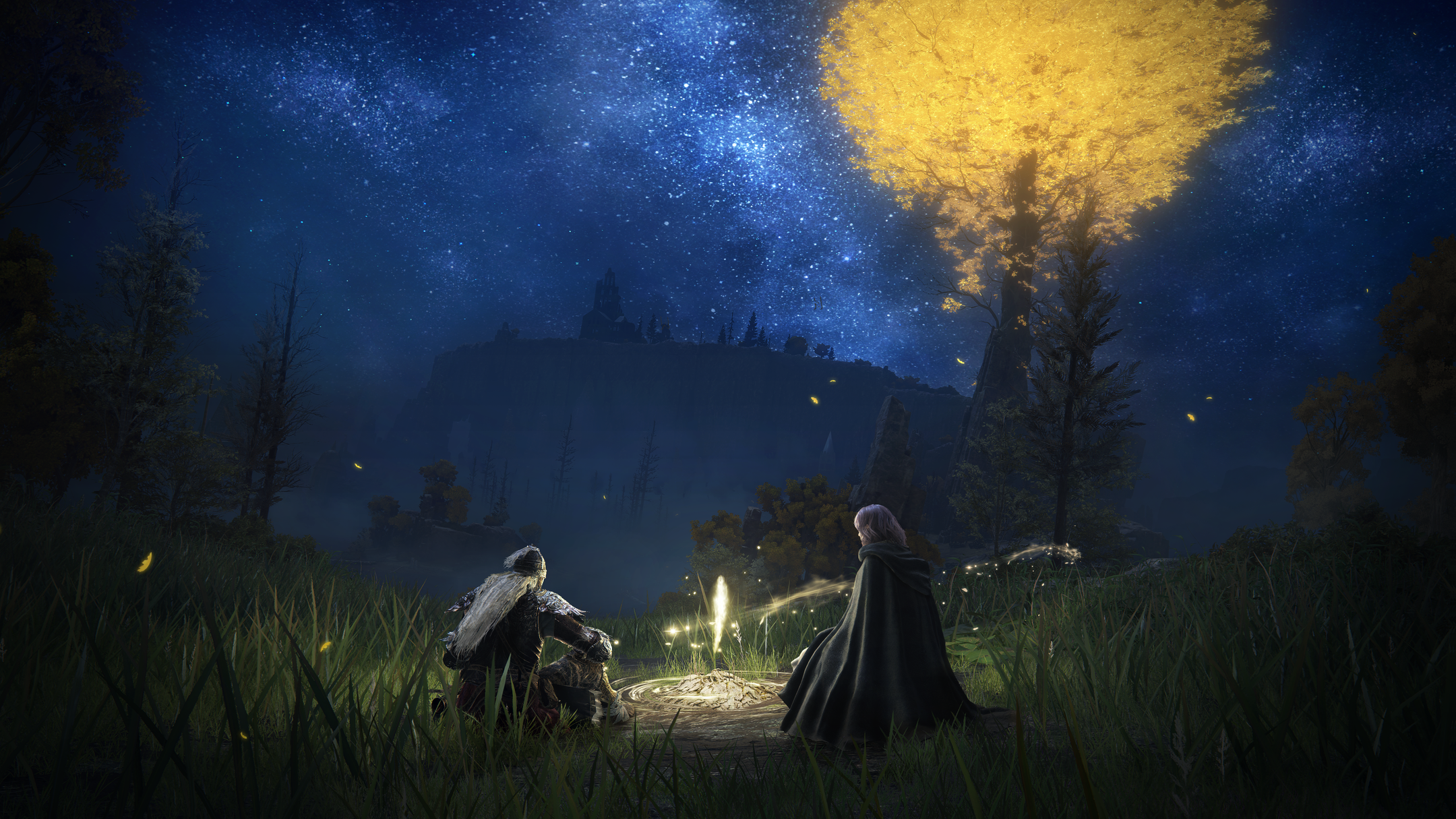
In the age of major publishers and developers always trying go bigger and flashier with their gargantuan productions (which often take more than half a decade to put together and polish), hardcore players have been slowly educated to believe more equals better, or at least getting their hard-earned money’s worth. Breath of the Wild and Elden Ring are objectively huge games, that’s not up for debate, and their flexible, freeform “call to adventure” approaches effectively enlarge the first-time experiences. But they’re doing their own thing and have good (artistic) reasons for doing so. People talk about them saying they’re “lightning in a bottle,” and they may very well be, but I also believe reaching this degree of earth-shattering success is, to a great extent, a matter of staying true to the needs of the story and world that were created during the very first stages of development instead of adjusting to the market’s demands on the go. Good games always find (or create) their audience, no matter how out-of-the-box they might be.
We’re now facing, in two to three years’ time, a new age of open-world games, especially those with fantasy settings, that will undoubtedly look at Elden Ring for inspiration. And that’s good as long as they don’t forget to try new stuff and make us care about why their playgrounds are built the way they are. A medium constantly looking for recognition as an art form should question why it does what it does, and how it can be done in better ways while honoring the past. There’s nothing worse than trying to imitate something you don’t fully understand. It’s happened before with this type of games, it keeps happening today, and it will surely happen again. I just hope we’ve collectively learned something from both massive triumphs like this one and embarrassing failures that I’ll not mention here. This world, its rules, and its distinctive gameplay systems work because they mean something in this universe. It all adds up to create a unique language that can’t be spoken anywhere else. I’d very much like to see bits of Elden Ring DNA in future games, but I don’t want to be stuck playing in hollow reskins of the Lands Between for the next decade or so.
Thanks to Bandai Namco and fortyseven communications for the Xbox code. Elden Ring is now available on PC (Steam), PS4/5, and Xbox consoles.
Francisco J. Ruiz is that guy who has watched Jurassic Park a thousand times and loves Star Wars. His hunger for movies is only matched by his love for video games. He graduated in English Studies from the University of Malaga, in Spain. As he keeps writing about what he enjoys (and doesn’t) for websites all over, he’s continuing his studies.


